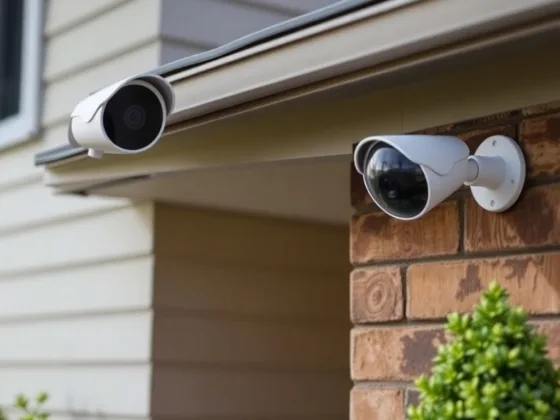Table of Contents Show
The most severe environmental danger to public health is air pollution. Whether one works inside or outside, the work environment is likely to present its own set of dust difficulties.
Dust monitoring devices can help evaluate indoor air quality in homes and offices.
Dust measuring instrument determines the size and concentration of particles in the air, allowing you to determine the precise air quality.

Lung disease, along with asthma, remains a significant occupational health and safety issue.
These substances contain various harmful materials and are carried through the air.
Therefore, people must select an apt dust monitoring method suitable for the particulate size fraction and the guidelines they are attempting to meet.
A constant flow sampling pump, filter cartridges, and applicable cyclones are examples of dust monitoring equipment.
Take a look at the various ways of monitoring the quality of air at the workplace.
● Pumps For Collecting Air Samples
Air sampling pumps are a reliable tool for determining what particles are present in a work environment by sampling dust, fumes, and mists.
They help when sampling is necessary for regulatory or health-based needs to determine a worker’s exposure to a particular drug.
An appropriate pump, cassette with media, tubing, and calibrator are essential for air sampling.
Following the collection of a sample, it is sent for analysis using the sampling method chosen.
● Optical Particle Counter (OPC)
Optical particle counters are proving to be one of the most versatile dust monitoring tools available.
These instruments are available as wearable, portable, and fixed devices, which offer valuable capabilities for people seeking real-time data on dust in the workplace.
With light-scattering technology, OPCs count particles using a laser.
Without the use of impactors or other size-selective devices, the particles can be sorted based on their size, allowing the user to obtain data on a complete sample or particular to a chosen particle size.
Read Also:
● Condensation Particle Counters (CPC)
Condensation Particle Counters (CPC) work similarly to Optical Particle Counters in that they employ a laser to count particles as they scatter light from a focused laser.
Condensation particle counters, like OPCs, use a laser to measure particles by spreading the light of a focussed laser.
CPCs detect particle sizes that are significantly smaller than OPCs. Alcohol vapor is necessary for making CPCs grow the particles to a large enough to scatter light.
● Photometer/Nephelometer
With a light source and detector, photometers help to measure bigger dust particles.
Photometers use the size, shape, density, and reflectivity of particles to determine their quantity.
Instrument response can be adjusted using calibration parameters based on known particle qualities.
When looking at specific particle sizes, it’s vital to remember that size-selective inlets are required.
Dust monitoring in the workplace is essential for two reasons: air quality management and regulatory compliance.
First, dust can irritate the eyes, headaches, exhaustion, coughing, and sneezing in the short term.
As a result, poor indoor air quality can reduce employee productivity and lead to increased sick leave.
Furthermore, these particles have long-term negative consequences, contributing to significant illnesses.
Employers’ responsibility is to ensure that employees and visitors do not expose themselves to poor air quality in the workplace.
Hence dust monitoring devices are a necessity. Monitoring data that is accurate and effective will help verify exposure levels and establish safe working practices.
As a result, the above four approaches are among the most reliable methods in the workplace for detecting and measuring dust.










